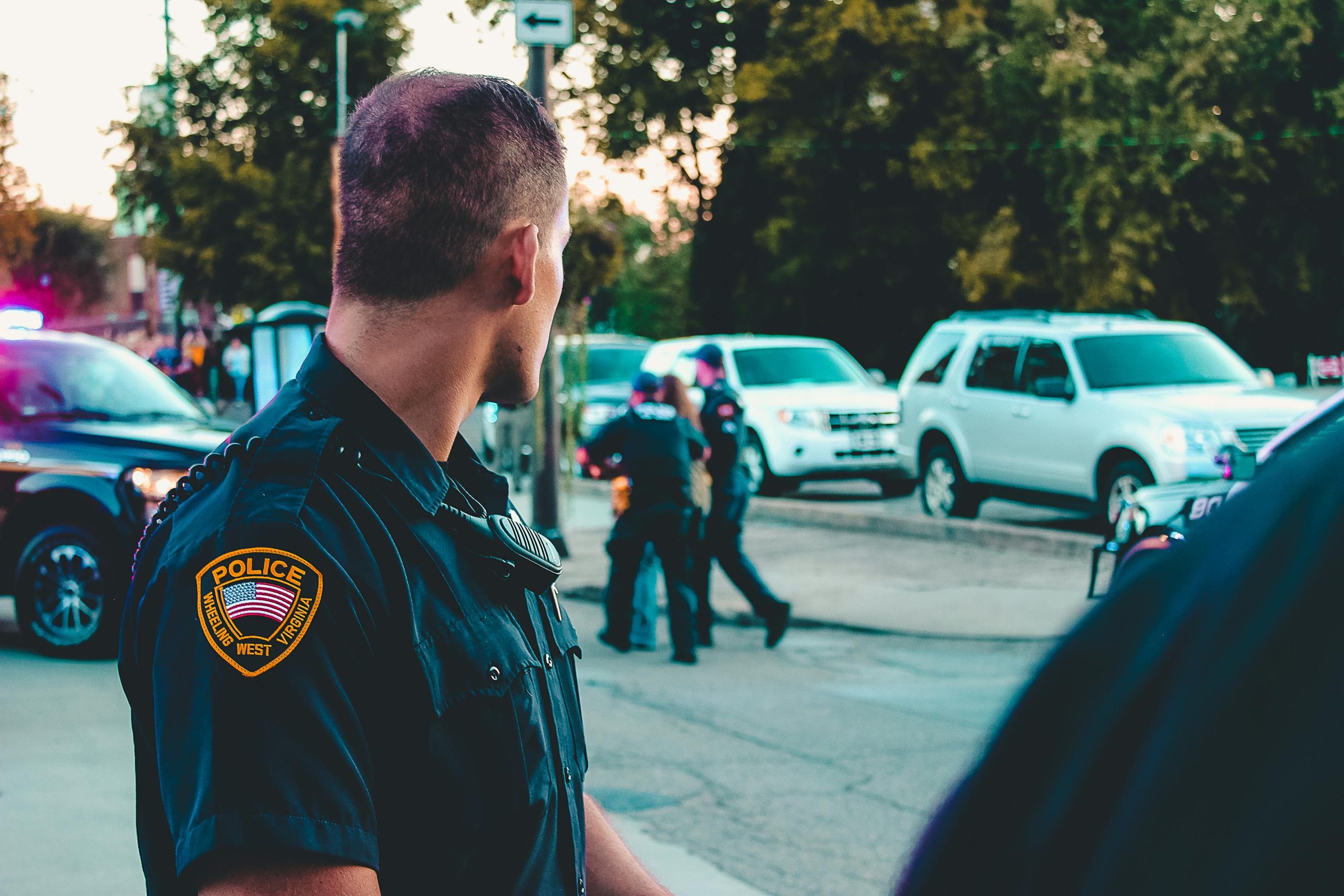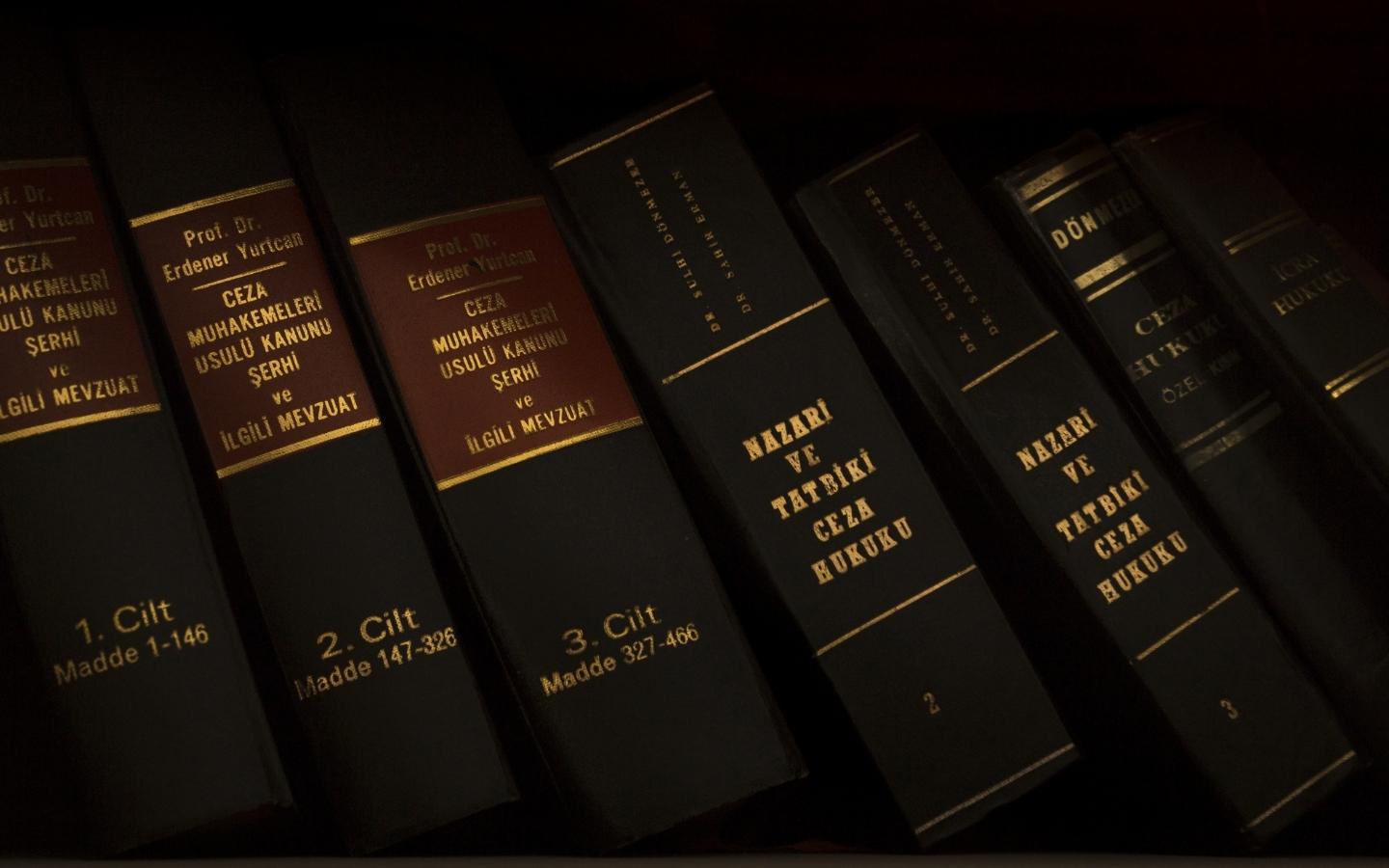Crashing with a deer is not only terrifying, but it can be risky and expensive. After a deer collision, many people are confused about what to do.
This guide will tell you what to do in case you strike a deer with your car, protect your safety, and assist you in completing the required insurance and legal paperwork. For more information, contact an attorney.
Steps to take if you hit a deer with your car
Your actions after a collision with a deer can safeguard your interests and ensure your safety. The steps that have to be taken are as follows:
-
Ensure safety
You should wait for the authorities to arrive before stepping out of the car to evaluate any damage, assuming the deer is hurt and has not left. Even while deer rarely bite people, treating an injured or afraid animal should always be done with caution, mainly if it is an eight-point buck with antlers.
-
Report the Incident
Use the moment to call your insurance company while you wait for help to arrive. Personal injury or vehicle damage may be fully or partially covered, depending on your policy. But avoid making a claim just yet.
-
Once the authorities arrive
Once rescue workers arrive, usually with an animal control specialist, wait for their authorization before entering the car to inspect its condition.
Additionally, EMTs may want to examine you for any potential injuries. You can report the incident to the officials if they are convinced that you and the others are safe and that the deer has left the area.
-
Move your car to a safe spot.
You may drive the car yourself or hire a wrecker after you have examined it and filed a police report. However, this will depend on the severity of the damage to your car. Most of deer-related incidents occur at dawn or dark, when visibility may be poor.
What else can you do to avoid the accident?
Your reaction can have a significant effect on how things end up if a deer unexpectedly rushes in front of your car.
- Remain Calm: Try not to make any sudden movements that may cause your car to lose its control.
- Honk Your Horn: You can get the deer to move aside and give you an open path by sounding your car’s horn a short, sharp blast.
- Brake in Your Lane: Apply an aggressive brake while keeping your lane unchanged.
- Avoid Swerving: Swerving increases the possibility of a collision with another vehicle or an object on the side of the road.
- If Collision Seems Unavoidable, Hit the Deer: It is safer to hit the deer than to swerve to avoid a deer accident.
- Get to Safety: As soon as your car has stopped, try to pull it off the road into a secure location and switch on your hazard lights.
In order to minimize your chance of injury in the case of a deer accident, always wear your seatbelt. Keep in mind that your safety comes first.
Avoid the Whole “Turn Off the Lights and Gun It” Attitude
Many folks will tell you to keep your headlamps off and steer straight ahead. Evidently, the origin of this advice is an age-old saying stating that deer are more likely to freeze under headlights.
Considering that most collisions occur at night, we do not need to elaborate on why it is not a good idea to turn on your lights while driving.
Is hitting a deer and driving off violates the law?
It might be acceptable to flee the scene after striking a deer in some states, but it could be equally illegal in others. Understand the laws that apply to you. To be on the safe side, consult your local authorities or attorney if you are unsure of what to do.


